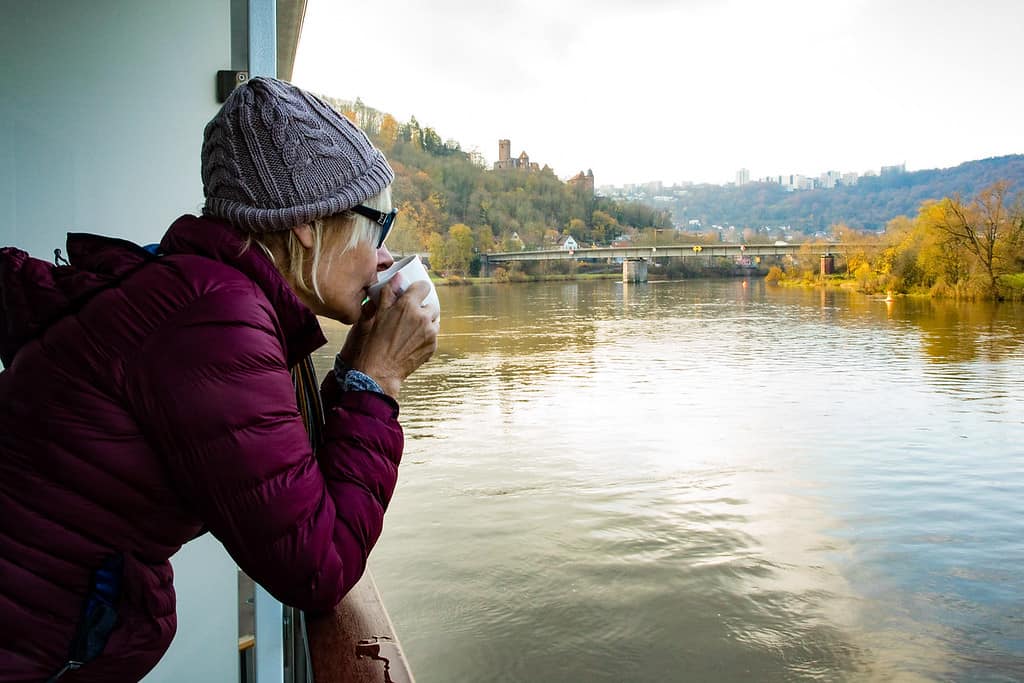Last Updated on June 2, 2018 by Jonathan Look
Getting to Oventic
After an hour-long hellish cab ride from San Cristobal de las Casas, through the spectacular central highlands of Chiapas, we finally arrived at the autonomous Zapatista community of Oventic. This place isn’t on maps, the residents are notoriously camera shy and, as an autonomous village, they take their sovereignty seriously. I really wasn’t sure what to expect other than some really cool Zapatista art, but I wanted to see what it is that made so many people I know interested in this place. As you approach Oventic you can see that you are in for something a little different. There are signs of the Zapatista movement all over Chiapas but this place is thick with them. When the driver stopped there was no obvious place to go. When I asked he pointed to a nondescript gate with guard shack on either side. We had arrived.

The Entrance to Oventic
Entering Oventic is not that straightforward. We went to the guard shack at the entrance and were met by two women wearing traditional Mayan clothing and scarves hiding their faces. They motioned for us to approach the gate and apparently wait. After a few minutes, two men with clipboards wearing “balaclava” type ski masks approached and asked us what we wanted. We explained that we just wanted to see the village and take some photos. They asked for some information regarding professions. I tried to explain that I was retired but apparently that doesn’t translate here so I recanted and told them I was a writer and a photographer. That seemed to go over okay then they asked for our passports. After writing down our information they disappeared.

Our Balaclava Covered Guide in Oventic
Map From San Cristobal de las Casas to Oventic

Zapatista Mural on a Government Office in Oventic
Who Are the Zapatistas?
Although mostly nonviolent and defensive against military, paramilitary, and corporate incursions into Chiapas the Zapatista uprising has occasionally been armed and active. On the morning of January 1, 1994, led by the charismatic Subcommander Marcos, the Zapatistas (EZLN) declared war “against the Mexican state.” 3,000 armed rebels seized towns and cities in Chiapas, Mexico including San Cristobal de las Casas, Ocosingo, Huixtán and Oxchuc. They freed the prisoners in the jail of San Cristóbal de las Casas, and set fire to several police buildings and military barracks in the area.
Why Did the Zapatistas Rebel
They wanted to use their rebellion as a platform to call attention to their movement and to protest the signing of NAFTA, which the Zapatistas believed would increase the gap between the rich and poor people of Chiapas. After several days of intense fighting, leaving dozens of rebels, soldiers and civilians dead a cease-fire was negotiated. The cease-fire remains in effect but there are still many tensions in the area. During the skirmish foreigners were not targeted, none were killed and from what I have heard from people that were here then, foreigners were welcomed as witnesses to the insurrection.

Zapatista Art on the Medical Clinic in Oventic
After half-an-hour or so one of the men that were interviewing us earlier came back and escorted us into the village. We were allowed to take pictures. The people were busy going about their daily routines but friendly. I could even detect a sense of humor in our masked escort. There were a few stores, a small restaurant, and a small Zapatista radio station. Almost all of the buildings had intricate Diego Rivera like murals depicting scenes of Zapatista life, themes, and struggles. Many of the murals had images of snails on them.

A Small Shop in Oventic With a Zapatista Art Mural on Front Showing Women Weaving a Rainbow
See also:
- Photo: Organic Produce Market in San Cristobal de las Casas
- Photo: View of San Cristobal de las Casas
- Driving Through Chiapas Mexico (Part One)
Why You Should Go To Oventic
I came to find out that the snails or “caracoles” represent organizational parts of the autonomous Zapatista communities. There are founding five independent “rebel territories,” including Oventic. These “caracoles” are host to the five Zapatista Juntas of Good Government, schools, hospitals and women’s collectives. Zapatistas believe that people that work the land should own the land, a “bottom-up” instead of “top-down” government and that women have the right to participate in the revolutionary struggle in any way that their desire and capacity determine. Refreshing!

This Mural reminded me of “The Starry Night” by Vincent van Gogh
Although they very strictly control entry into the village at no point was I made to feel unwelcome and we were encouraged to take photos of the Zapatista art. Unlike many other Mayan villages in Chiapas, there were no street vendors or people asking for money. I had the impression that these people want the outside world to know their story and showing people around their picturesque little village is a way to do that. All in all, it was a good adventure and an interesting insight into a complex movement that I know little about.

Zapatista Mural on the School in Oventic







Looks like a very good cultural adventure. I am enjoying your articles more now that you are “fleshing” them out more and painting pictures with your words. Keep it up.
Thanks Kelly. I am having more fun than a person deserves to have.
How interesting! I want to see pics of the snail murals 🙂
I need to go back through my photos and see what I can come up with.
Wow it’s great that you were able to take photos. When I was in San Cristobal I watched a documentary on the Zapatistas, it was such a sad story in the end.